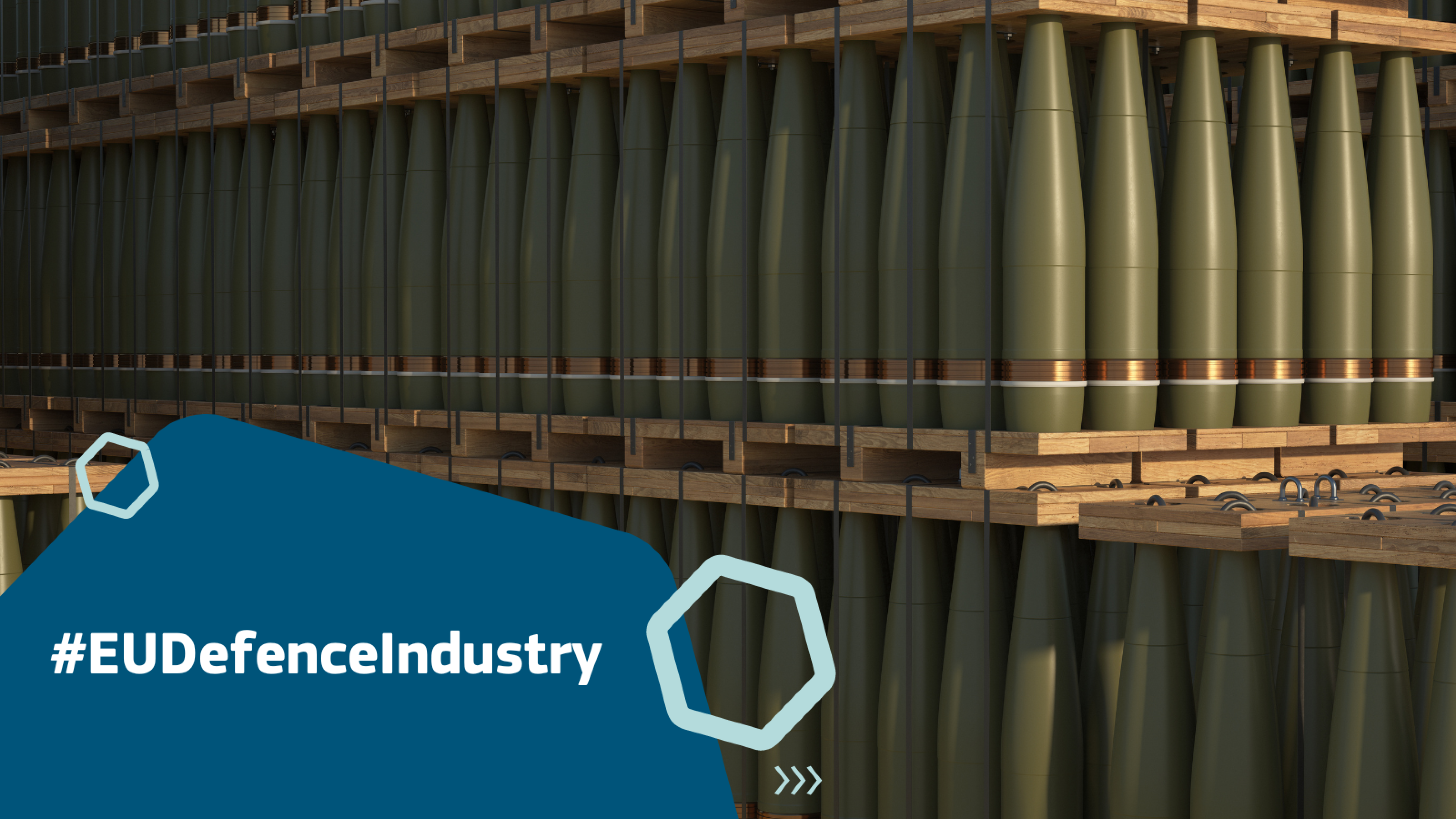In the realm of European security and defense, a groundbreaking synergy is unfolding, weaving the advanced capabilities of the European Space Programme into the fabric of the EU’s defense strategy. This integration marks a strategic pivot towards leveraging space technologies to enhance the continent’s defense posture, underscoring a nuanced understanding of the multifaceted role space assets play in modern military and security applications.
The European Union, historically known for its peaceful principles and diplomatic endeavors, is now at a crossroads, facing an array of security challenges that demand innovative solutions and heightened readiness. Against this backdrop, the EU Space Programme emerges not just as an initiative to propel Europe into new scientific and commercial space ventures but as a cornerstone in fortifying the Union’s defense mechanisms.
At the heart of this integration lies the EU’s satellite navigation system, GALILEO, alongside its Earth observation counterpart, COPERNICUS, and the European Geostationary Navigation Overlay Service (EGNOS). These systems, originally conceived for civil and commercial purposes, are increasingly recognized for their indispensable contributions to national and EU-level defense strategies. GALILEO, with its remarkable precision, is transforming military operations, offering unparalleled accuracy in navigation and timing that is crucial for everything from the coordination of troop movements to the deployment of precision-guided munitions. Its capabilities are not just enhancing operational effectiveness but are also paving the way for future defense technologies such as autonomous vehicles and advanced surveillance drones.
Moreover, COPERNICUS, the EU’s Earth observation powerhouse, provides critical data for environmental management, yet its utility extends far beyond. In the defense sector, COPERNICUS’s capabilities are instrumental in intelligence, surveillance, and reconnaissance (ISR) operations, offering timely and accurate data for situational awareness, disaster response, and humanitarian missions. Its role in monitoring climate change also intersects with security, as environmental shifts contribute to geopolitical instability and conflict.
The recent initiatives to boost satellite-based secure connectivity and Space Traffic Management (STM) underscore the EU’s proactive stance in addressing emerging space challenges. The proposed secure connectivity system aims to ensure worldwide access to resilient communication services, a critical asset for defense operations and crisis management. Meanwhile, the focus on STM reflects a strategic move to safeguard the increasingly congested space environment, a domain now recognized as pivotal for national and collective security.
Collaboration is key in this endeavor, with the EU Space Programme implemented in close cooperation with EU Member States, the European Union Agency for the Space Programme (EUSPA), the European Space Agency (ESA), and other stakeholders. This collaborative approach not only maximizes the benefits drawn from space assets but also ensures that the EU’s defense capabilities are augmented through cutting-edge space technologies.
The convergence of the European Space Programme and EU defense initiatives is a testament to the Union’s foresight in adapting to the modern security landscape. By harnessing the potential of space technologies, the EU is not just enhancing its defense readiness but is also setting a new paradigm for how space assets can be integrated into comprehensive security strategies. This strategic synthesis is not merely about achieving technological superiority; it is about ensuring that Europe remains resilient, agile, and capable of confronting an array of security challenges with unity and innovation.

